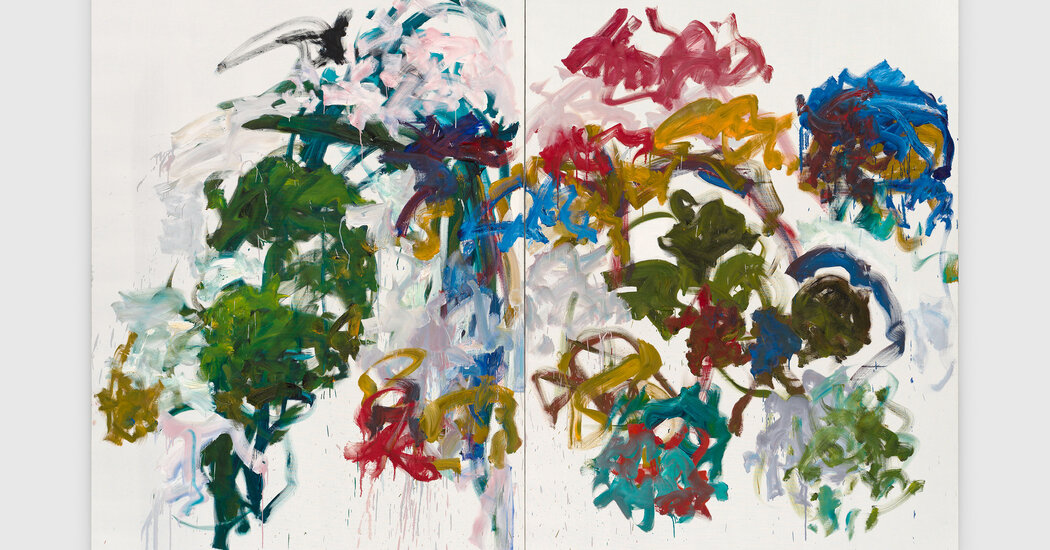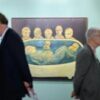
At the prestigious fair, doing business at what one mega-dealer calls a “more human pace” can just mean “slower” for smaller galleries.
The international art trade faced a crunch moment in Switzerland this week. Art Basel, the world’s biggest and most prestigious fair for dealers in modern and contemporary works, opened to V.I.P.s on Tuesday against a backdrop of declining auction sales and gloomy talk of a market downturn.
Sales were down 22 percent over last season at the latest May series of marquee modern and contemporary auctions at Sotheby’s, Christie’s and Phillips in New York. Christie’s is reeling from a ransomware attack and has cut back sales in London. Sotheby’s is reported to be in the process of laying off staff to cut costs.
“There’s a reset happening,” Wendy Cromwell, a New York- based art adviser, said in an interview at the Tuesday preview of Art Basel. “A lot of American collectors who were buying actively over the last 25 years are now aging out of the market. The Asian market has pulled back. And there’s a general sense of uneasiness about the world right now,” Cromwell added.
The Swiss fair, which opens to the public Thursday through Sunday, is the flagship event of the MCH Group, the Swiss owners of the Art Basel fairs, which include the slickly organized sister fairs in Miami, Hong Kong and Paris. (James Murdoch’s Lupa Systems investment firm is a major shareholder.) Dealers said this year’s 54th edition of Art Basel, featuring 285 galleries from 40 countries and territories, benefited from coinciding with the Venice Biennale. The presence of the fresh, Glastonbury festival-style Basel Social Club satellite fair on a farm on the outskirts of the city was also a plus.
Though Art Basel doesn’t release V.I.P. preview attendance figures, Magnus Resch, a New York-based art economist and author of the recently published book, “How to Collect Art,” said on Tuesday, “I can’t remember the attendance being higher in the first hour of the fair.”
This post was originally published on this site be sure to check out more of their content






